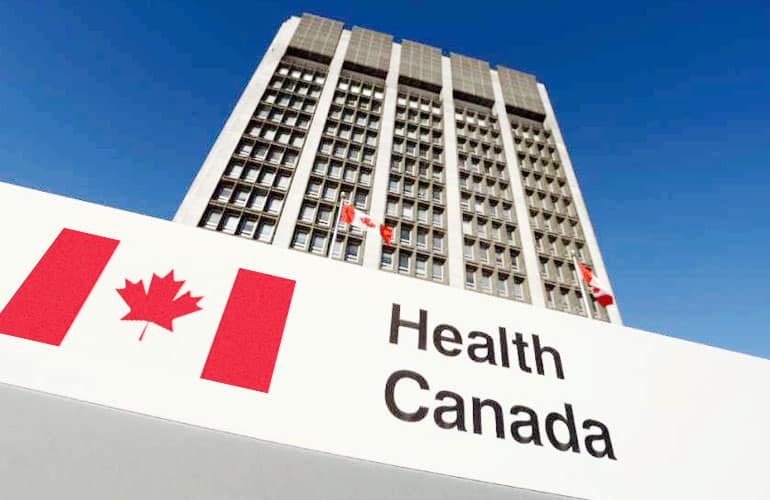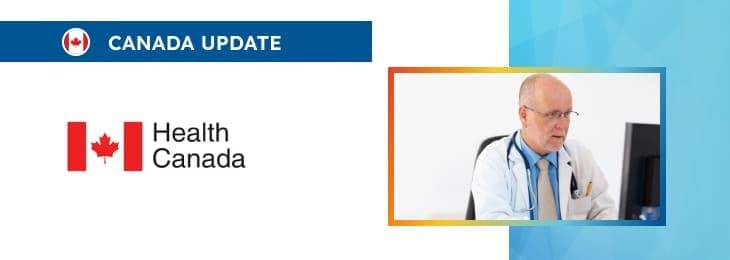This article highlights the critical points related to the procedures to be followed by medical device manufacturers and other parties involved in case changes to medical devices allowed for marketing and use in Canada.

Table of Contents
Health Canada, the country’s regulatory agency in healthcare products, has published a draft guidance document dedicated to interpreting “significant change” of a medical device.
The document is intended to provide additional clarification regarding the applicable regulatory requirements and recommendations to be taken into consideration by medical device manufacturers and other parties involved to ensure compliance with the respective legal framework.
At the same time, provisions of the guidance are non-binding in their legal nature, nor are they intended to introduce new rules or impose new obligations.
The authority also reserves the right to make changes to the guidance, should such changes be reasonably necessary to reflect corresponding amendments to the underlying legislation.
In particular, the guidance also provides additional clarifications regarding the specific policies and procedures to be followed in case of changes introduced to medical devices already placed on the market, depending on the nature of such changes, their potential impact, and their regulatory status.
The document provides a detailed overview, focusing on the procedural aspects of amending medical device licenses and authorizations, handling recalls, and distinguishing between significant and non-significant changes.
Amendment Applications for Significant Changes
The respective section of the guidance outlines the procedural requirements for amending medical device licenses for Class III and IV devices, as well as authorizations, particularly in the context of medical devices intended to be used in connection to the outbreak of Coronavirus Disease 2019 (COVID-19) caused by the virus SARS-CoV-2 or the “novel coronavirus”.
It specifies the use of class-specific amendment application forms and emphasizes the importance of recommendations outlined in the guidance document titled “Management of applications for medical device licenses”.
The authority further highlights the necessity of submitting a premarket review document corresponding to the device’s risk classification, underlining that identical changes across different classes may necessitate varying review components.
Recalls and Corrective Actions
The scope of the guidance also covers the aspects related to recalls.
The relevant section touches on changes related to labeling, device design, or design specifications essential for aligning a medical device with its previous performance standards.
It provides directions for further guidance from the Medical Devices Directorate. It references the “Guide to Recall of Medical Devices (GUI-0054)” for additional compliance instructions concerning medical device recalls, including record-keeping, reporting to Health Canada, and writing recall procedures.
Minor Change Form and Non-Significant Changes
The document also describes the approach to be followed in case of minor or non-significant changes. In particular, it details the protocol for submitting a little change form for existing device licenses under Part 1.
It describes the conditions under which a new manufacturing facility, not acting as a supplier or contract manufacturer, must be incorporated into the certification of quality management systems.
The minor change form is intended to facilitate device license amendments for Class III and IV devices, particularly for changes to the manufacturing facility’s name and/or address.
The document also provides necessary clarifications regarding the “Template for Attestation Letter” introduced as a vital component of the minor change form and the declaration that manufacturing specifications remain unchanged in the new facility, potentially leading to an amended authorization without further proof of safety and effectiveness.
The document further guides handling non-significant changes, advising that such modifications be documented within the quality management system and reported during the annual renewal.
This emphasizes the importance of maintaining comprehensive records of all changes, significant or non-significant, to ensure ongoing regulatory compliance and uphold the device’s safety and efficacy standards.
Conclusion
In summary, the present draft guidance document issued by Health Canada describes in detail various changes to medical devices and the approach to be followed by the parties involved to ensure compliance with the regulatory requirements set forth under the existing legal framework.
How Can RegDesk Help?
RegDesk is a holistic Regulatory Information Management System that provides medical device and pharma companies with regulatory intelligence for over 120 markets worldwide. It can help you prepare and publish global applications, manage standards, run change assessments, and obtain real-time alerts on regulatory changes through a centralized platform. Our clients also have access to our network of over 4000 compliance experts worldwide to obtain verification on critical questions. Global expansion has never been this simple.


